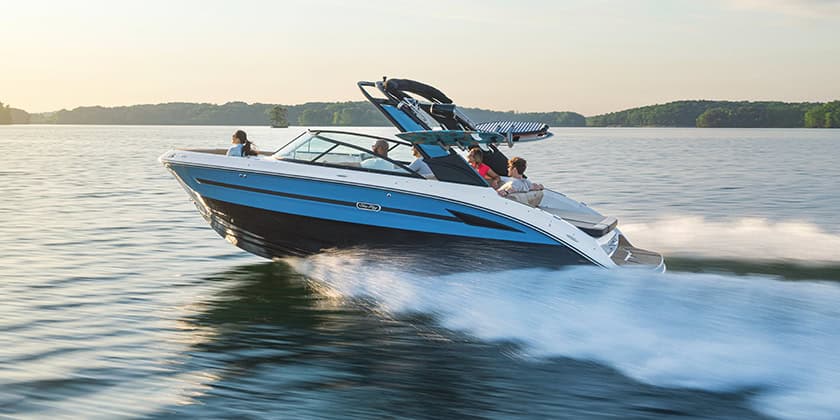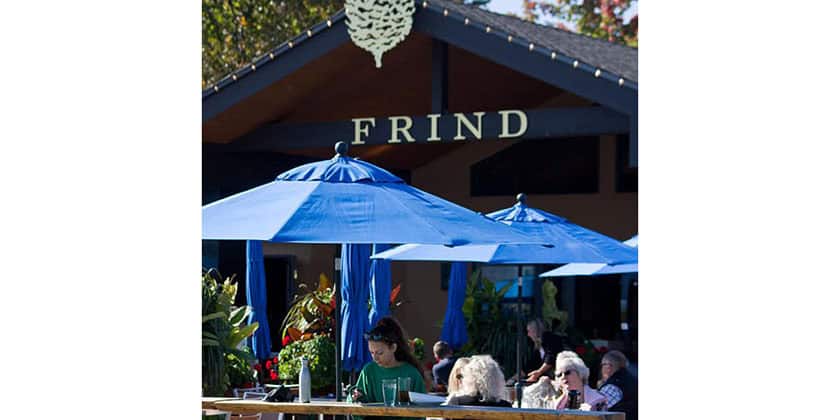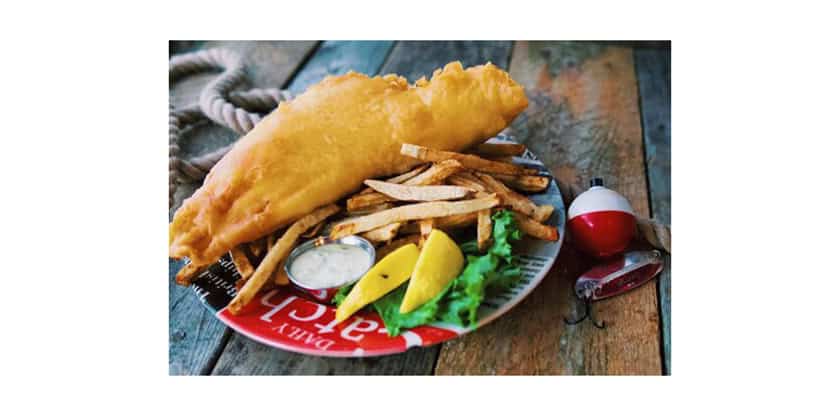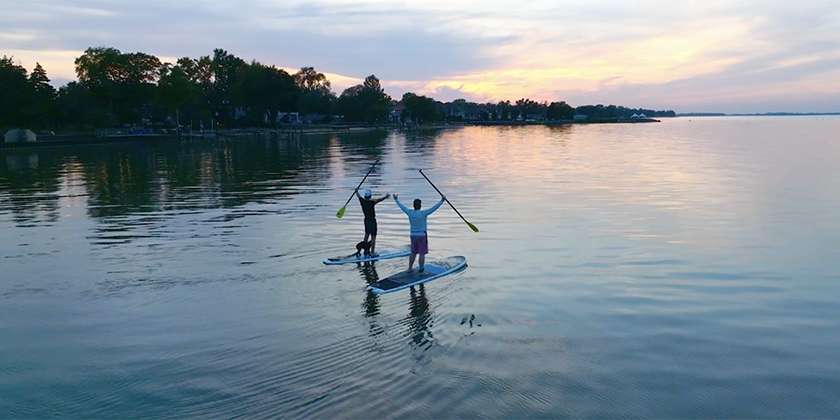Ninigret – Seductively Simple
By Steve Killing
The moment I opened the drawings I began dreaming. Who cares if it has an engine? I just want to moor it outside my New England cottage (more dreaming) on a warm summer’s afternoon with my pants rolled up to my knees and a beat-up straw hat down over my eyes. Leaning back in my captain’s chair, I doze off listening to the water lapping against the hull, heaven. I might even pick up a fishing rod to make the scene complete. (And I don’t even like fishing. That shows you how seductive this little beauty really is.) The designer, 66-year-old John Atkin, is as traditional as the boat. John and his late father, William, have created easy-to-build boats for decades.
To further place you in the right frame of mind, let me give you the names of some of their designs: “Rinky Dink,” a seven-foot pram; “Taka-part,” a 10-foot folding punt; “Anabelle,” a 10-foot flat-bottomed skiff; and “Pixie,” a 14-foot V-bottomed rowboat. Atkin likes to create pleasing, useful little boats that are easy for amateur builders to put together. The Ninigret, named after the sound near Block Island where the owner had a cottage, is typical Atkin. He describes the underbody of the hard-chine boat as “a warped plane, a configuration developed back around 1900.” It is a surface developed from plywood that starts out very “V”ed forward and ends up almost flat at the transom.
The boat is primarily intended to scoot around protected waters, and the shape is ideal for that. He admits that a boat with a more constant angle to the bottom (closer to the modern deep “V”) would behave better in a following sea, but felt that for its purpose this was the best configuration. Powered by an outboard engine between 30 and 50 hp, she will zip along at 20 knots. A stern well encloses the outboard and keeps the noise down. Atkin comments that “it is entirely possible to carry on a normal tone of conversation” with this configuration.
The only drawback he can see in the arrangement is the amount of spray that finds its way onto the underside of the motor well lid. A small price to pay. The designer was kind enough to enclose the lines, and we reproduce them for you here. The construction is of marine plywood over sawn oak frames. Simple and practical. A canvas top over sprung battens keeps out the rain and cold from the little cabin. There is room to sleep two forward, but the aft section has been kept uncluttered and open, which in my books is what you want in a runabout.
For more information, contact John Atkin, Yacht Designer and Surveyor, PO Box 3005, Noroton, Connecticut 06820.
Steve Killing is an independent yacht designer based in midland Ontario, He is the head of the design program for the North America’s Cup Challenge.
Originally published in Canadians Yachting’s December 1984 issue.
Specifications:
Length…………….22ft
Beam………………6ft 8in
Draft……………….1ft
Weight……………2,070lbs






















